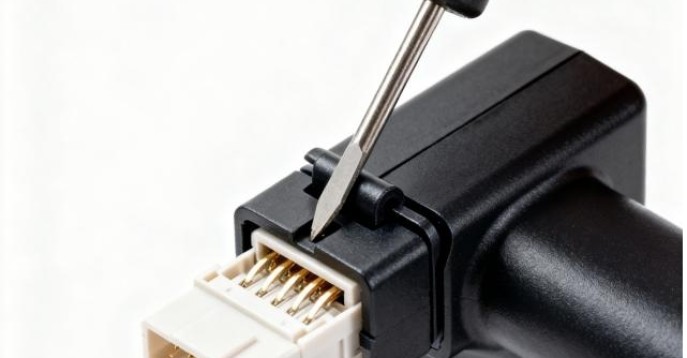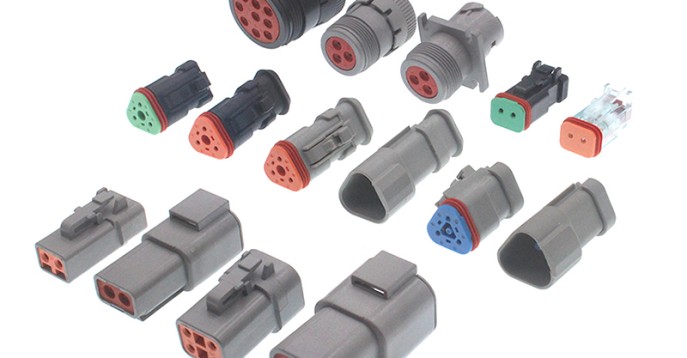The so-called twisting is to twist several single wires of the same diameter or different diameters together according to a certain direction and certain rules to form a whole twisted core. When the stranded wire is directly used as a wire, it is called a bare stranded wire, such as steel-cored aluminum stranded wire, aluminum-clad steel-cored aluminum stranded wire, etc.; when a stranded wire is used as a conductor of an insulated wire and cable, it is called a stranded wire. The core is the main component of the insulated wire and cable.
There are two types of twisted wires: regular twisted and irregular twisted.
Regular stranding can be divided into regular concentric single-wire stranding and regular concentric strand stranding. Regular concentric single-wire stranding:
● Ordinary twisted wires: Use single wires of the same diameter to twist regularly layer by layer in the form of concentric circles, and the twist direction of each layer is opposite.
● Combined stranded wire: It is made of single wires with the same diameter and different materials or different diameters and different materials. (representing products such as overhead conductors)
● Regular concentric strand stranding: It is a twisted wire that is concentrically twisted by multiple ordinary strands or bundled wires.
● Irregular twisted (bundled wire): A twisted wire made of multiple single wires twisted together in the same twist direction without following the twisting rules. The positions of the single wires are not fixed to each other, and the shape of the bundle is difficult to maintain Round.
The biggest difference between bundled wire and ordinary stranded wire is
Each monofilament of the ordinary twisted wire has a fixed position, and is regularly twisted layer by layer;
There is no fixed position between the monofilaments of the bundle and they are not twisted together according to the twisting law.
Characteristics of informal stranding (bundling)
Since each single wire in the harness is twisted in one direction, the sliding margin between the single wires is large during bending, and the bending resistance is small, so the bending performance of the harness is particularly good. High-end wire and cable products use bundled wires as conductive cores.
The characteristics of stranded wire core
● Good flexibility: the core made of multiple smaller diameter monofilament strands can improve the bending ability of the cable, which is convenient for the processing, manufacturing, installation and laying of wires and cables.
● Good stability: the core is formed by twisting multiple monofilaments according to a certain direction and twisting rules. Since the position of each monofilament in the stranded wire is in the elongation zone of the upper part of the stranded wire and the lower part of the stranded wire in turn Compression zone, where no deformation occurs when the strands are bent.
● Good reliability: Using a single wire as the conductor of a wire and cable is easily affected by the inhomogeneity of the material or the defects generated in the twisting system and affects the reliability of the conductive core. The defects of the core made of multiple single wires can be obtained. In order to disperse and not concentrate on a certain point of the conductor, the reliability of the conductive core is much stronger.
● High strength: Compared with multiple stranded wire cores, the strength of stranded wire cores is higher than that of single wires with the same cross-sectional size.
Explanation of terms:
● Pitch: the distance that the monofilament advances one week along the axial direction.
● Pitch diameter ratio: the ratio of the pitch length of the stranded wire to the diameter of the stranded wire.
● The relationship between the pitch and the softness of the stranded wire: the smaller the pitch, the better the softness of the stranded wire, on the contrary, the larger the pitch, the worse the softness of the stranded wire.
● Stranding coefficient: In a pitch of the stranded wire, the ratio of the actual length of the monofilament to the pitch length.
● Twisting direction of stranded wire: right direction (Z direction) and left direction (S direction).
● Compressed conductors: common compressed conductors are compressed circular, fan-shaped and compressed tile-shaped (five-core cables) and semi-circular (two-core cables).
Compression purpose:
● Tightly press the fan-shaped conductor: reduce the outer diameter of the cable to save product cost and reduce the weight of the cable.
● Compact circular conductor: improve the surface quality of the stranded conductor, reduce the conductor diameter, increase the conductor filling factor, the compacted conductor surface is smooth and round without burrs, and the electric field on the conductor surface is uniform. Save materials and reduce costs.














